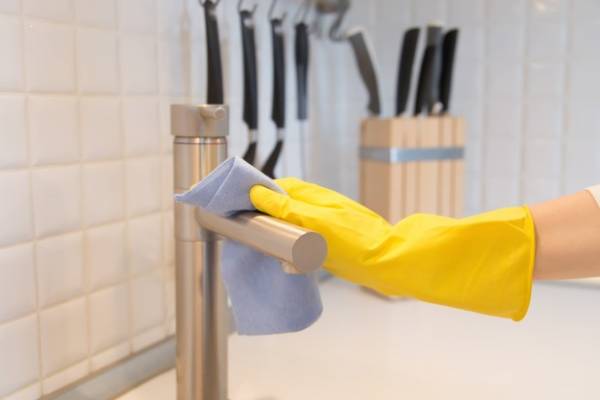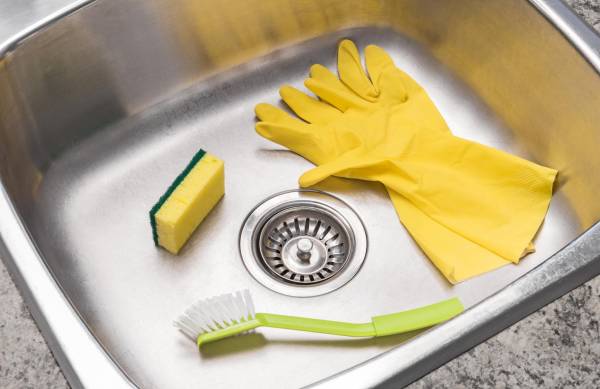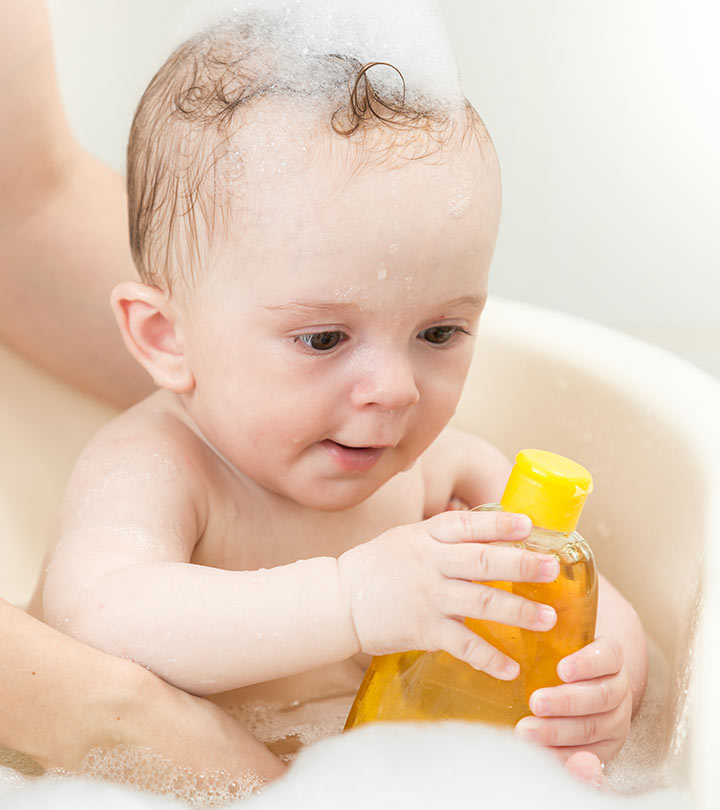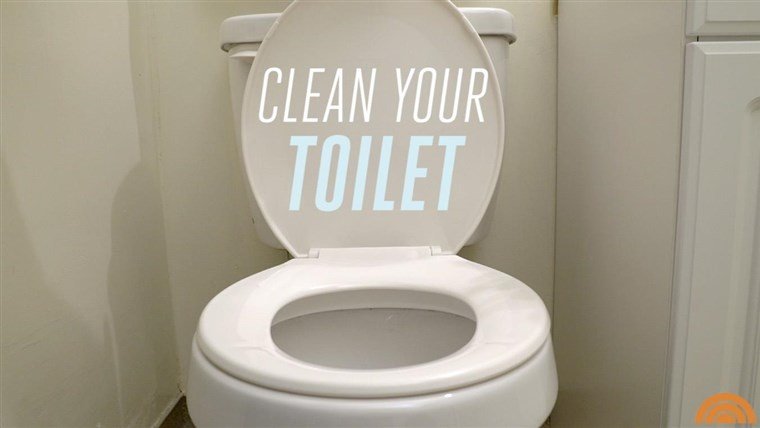how do i get my stainless steel sink to shine?
Shine and clean the kitchen sink with this magic trick
The Household Tips section offers a variety of cleaning options that will make this possible. You will be amazed and enjoy cleaning your kitchen sink when you try them today.

To clean the kitchen sink, use a toothbrush:
It’s worth brushing with an old toothbrush. There is no better way to clean dishwasher milk than with a toothbrush. You can use them to reach the smallest gaps and edges around the sink and faucet. Using them, you can remove soot, lime stains, and any other dirt that may be hidden in your sink.
How to remove lime stains with lemon:
When it comes to removing dense lime stains, especially around kitchen faucets, some detergents may not be enough.
With lemon, it will be much easier. Lime stains can be effectively cleaned with lemon’s acidic properties.
Lemons can be used to clean kitchen sinks in the following ways:
Rub a lemon on the milk several times in the areas where the lime has precipitated, then pull it harder, and leave it for two hours.
Finish by rinsing and drying. The power and wonder of this natural solution will amaze you.

Shine and clean the kitchen sink with a microfiber cloth:
Your best friend will be the microfiber cloth. Glossy surfaces have this unique texture. To make your kitchen shine after cleaning, use a microfiber cloth in small circular motions.
Scratches on the sink and how to remove them
After each use, clean and dry your sink:
Never let the kitchen get so dirty and grimy that you need to think about removing tough and deep stains – that’s the best way to keep it clean.
You can prevent limescale and soot buildup by cleaning the sink quickly but thoroughly after each use with a kitchen brush and sponge.
Kitchen sinks should not be cleaned with bleach or scrubbers:
Dark stains may last for a long time due to the fact that they form after drying and cloud the sink.
Keep cleaning products off the sink surface:
If you prefer to use a kitchen cleaner, spray it on and leave it on for at least two minutes, but the longer you leave it on, the more it will stain and make your job more difficult.
To clean the kitchen sink, use white vinegar:
To remove stains from the sink, soak a clean cloth in white vinegar and rub it on the sink to clean it thoroughly. To remove stains, mix salt and baking soda with some water and rinse the sink with this mixture.
Insole fluid is an easy way to clean valves. If fingerprints or water stains remain, soak a cloth in white vinegar. Vinegar is not only a cleaner, but it is also a disinfectant.
Using white vinegar to scale the sink
Here’s how to make a great kitchen sink cleaning powder:
ingredients:
1/2 cup baking soda
1/2 cup borax
1/2 cup sea salt
15 drops of grapefruit vegetable oil
Here’s how to make a natural cleaner at home:
You recommend making your own multipurpose cleaner that removes dirt and works well. Three ingredients are all you need to make your own sink cleaner:
– baking soda
– Salt
– Thanksgiving
In addition to cleaning lime traces, tea and coffee stains make the sink sparkle.
Salt and baking soda can be used to clean the sink
Here are some things to avoid :
The surface of the dishwasher should not be used to dry soap, sponges, towels, or old clothes. Below the surface, they may contain bacteria or other unwanted items.
Regularly rinse them to give them a natural glow. Keep them from rusting.
Putting steel and cast iron kitchen utensils in your sink for an extended period of time is not recommended.
Additionally to moisture on top of steel, iron can cause rust and discoloration.
Your sink can accommodate rubber scotches, damp sponges, and cleaning pads. Discoloration can occur because they retain water.
Every time you use the sink, do your job cleanly and quickly.
The residue must be cleaned before it dries, and liquids should not be allowed to stay for too long.
Protect your hands when working with cleaners by wearing plastic gloves.
Cleaners should never be mixed. Hazardous gases can be produced by some products when they react.
In order to prevent corrosion, wash the surface immediately after cleaning with soaps and detergents that contain chloride.
When stainless steel is washed with hot water, it becomes shiny, germ-free, and ready for use.
Carbon or steel wool brushes should not be used.
To prevent water stains from remaining, wipe the surface thoroughly with a dry towel.
When cleaning the surface, avoid using greasy cloths.
Keep your sink dry regularly to prevent water stains.











2 Comments